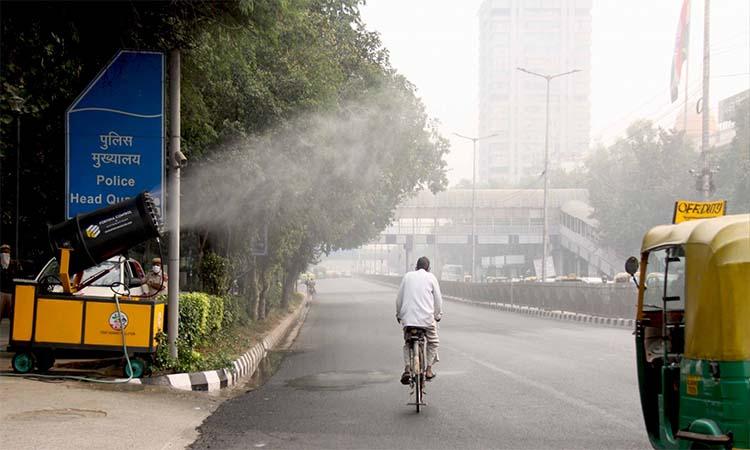According to a central government’s air quality monitoring agency, the share of stubble burning in the capital’s air pollution rose to 42 per cent on Thursday, the maximum so far this season. The air quality fell into the severe category with city’s residents woke up to a hazy atmosphere.
The trend of the contribution of stubble burning had been declining until Thursday, as on Wednesday it had contributed only 5 per cent to Delhi’s pollution. A day before on Tuesday, it had contributed 10 per cent, 16 per cent on Monday and 40 per cent on Sunday. Last year, the farm fire contribution to Delhi's pollution had peaked to 44 per cent on November 1.
Delhi's neighbouring regions -- Ghaziabad, Faridabad, Noida and Greater Noida are logging severe quality of air. Ghaziabad and Greater Noida's air quality remained by far worse, with the air quality of 490 and 476 micrograms per cubic meter, respectively, almost touching the hazardous category.
According to Head of India Meteorological Department's Regional Forecasting Centre, Kuldeep Srivastava, "There is a layer of pollutant in the atmosphere from the smoke emanating from the stubble burning and local sources. There will be no respite for the next two-three days (till Sunday)."
Severe air quality causes respiratory issues in healthy people, and serious health issues in people with lung or heart disease. People may also experience difficulty doing light physical activity.
According to Ministry of Earth Science's System of Air Quality and Weather Forecasting and Research, Delhi, "SAFAR synergized stubble fire counts over Punjab, Haryana, UP, Uttarakhand, and neighbouring areas increased significantly and stood at 4,135 on Wednesday, the highest of the season."
The air quality forecasting agency also said that the boundary layer wind direction is favourable for direct fire-related transport and that the "stubble burning share in PM2.5 in Delhi's air is estimated as 42 per cent for Thursday."
"Current sudden deterioration is attributed primarily due to very low boundary layer height and suddenly increased injection of fire-related pollutants due to favourable transport winds.
"Better Dispersion condition and not so low day time boundary layer height is forecasted for the next two days likely to improve AQI unless more than estimated fire-related emission take place."


















